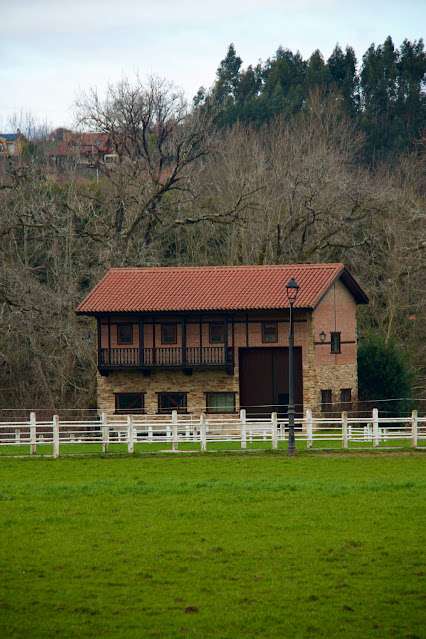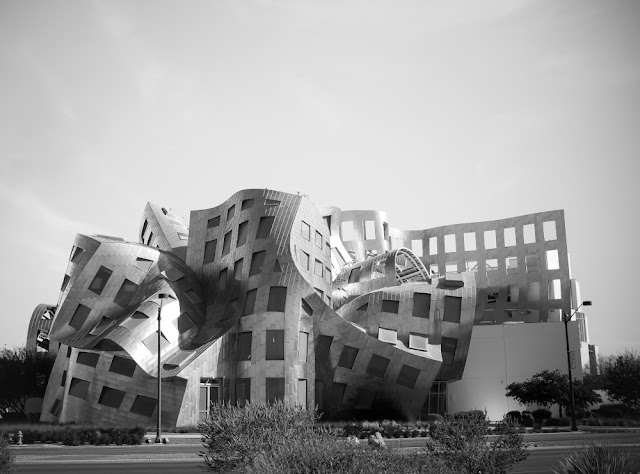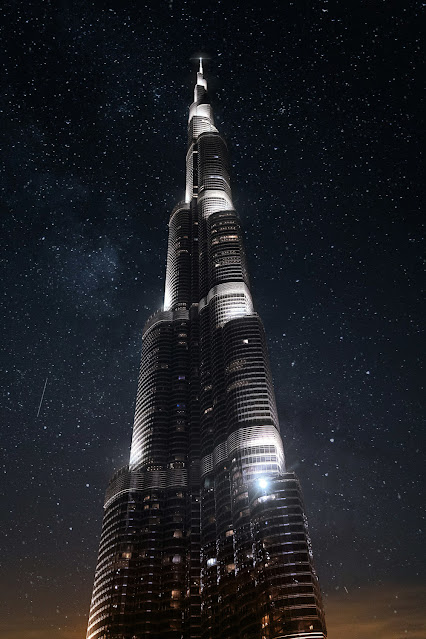Top 10 Architectural Trends Shaping 2025
Architecture in 2025 is more than just form and function — it’s a bold response to climate urgency, rapid urbanization, technological leaps, and a global desire for deeper connection to nature and community. This year, architects are merging sustainability with smart tech, wellness with aesthetics, and timeless beauty with social responsibility.
Here are the Top 10 architectural trends defining 2025:
1. Regenerative Architecture
2025 marks a shift from sustainable to regenerative design — buildings that don’t just reduce harm but actively restore ecosystems, clean the air, and enhance biodiversity. Green roofs, living walls, and materials that absorb carbon are becoming standard in eco-conscious design.
2. Adaptive Reuse & Circular Design
Rather than demolishing old structures, architects are embracing adaptive reuse — transforming factories, churches, or parking garages into vibrant new spaces. Circular design principles are driving material choices, promoting reuse, modularity, and zero-waste strategies.
3. AI-Driven Design Processes
Artificial Intelligence is revolutionizing architecture by automating layouts, optimizing structural efficiency, and even generating design options based on climate, usage, and aesthetics. AI tools are now part of everyday workflows in studios and construction sites.
4. Earth-Based & Low-Tech Materials
In response to energy-intensive materials like concrete and steel, architects are turning to rammed earth, bamboo, straw, hempcrete, and other natural alternatives. These materials are hyper-local, low-impact, and offer emotional warmth and resilience.
5. 15-Minute Cities & Micro-Neighborhoods
Urban planners are building toward the “15-minute city” — where work, school, groceries, and recreation are all walkable or bikeable. Mixed-use buildings and community-first layouts are redefining density with sustainability and livability in mind.
6. Wellness Architecture
The post-pandemic emphasis on health persists. Buildings now integrate air purification, natural lighting, acoustic comfort, and non-toxic materials to support mental and physical well-being. Wellness is embedded in spatial layout as much as in material choice.
7. Parametric & Organic Forms
With advanced modeling software and 3D printing, parametric architecture is producing fluid, organic, and futuristic forms inspired by nature and mathematics. Expect to see more sculptural façades, curvilinear spaces, and biomimetic structures in public and private projects.
8. Modular & Prefabricated Construction
Prefab and modular systems are reducing costs, waste, and construction time. 2025 sees a rise in customizable prefab housing, high-tech modular schools, and even skyscrapers partially built off-site and assembled like Lego.
9. Smart Buildings with Emotional Intelligence
Buildings are becoming responsive — not just to weather and light, but to occupant needs. AI and IoT integration enables smart climate control, lighting, energy management, and even environments that adapt to mood and productivity levels.
10. Design for Climate Resilience
Architecture in 2025 must be future-proof. Buildings are being designed to withstand heat waves, flooding, wildfires, and storms. Elevated structures, passive cooling techniques, rainwater capture, and climate-specific design strategies are becoming the new norm.
🏛️ Final Thoughts
In 2025, architecture is no longer a neutral backdrop to human life — it’s an active player in healing the planet, enriching daily life, and inspiring future generations. Whether through earth-based materials or AI-powered design, the future is collaborative, ecological, and beautifully human.















